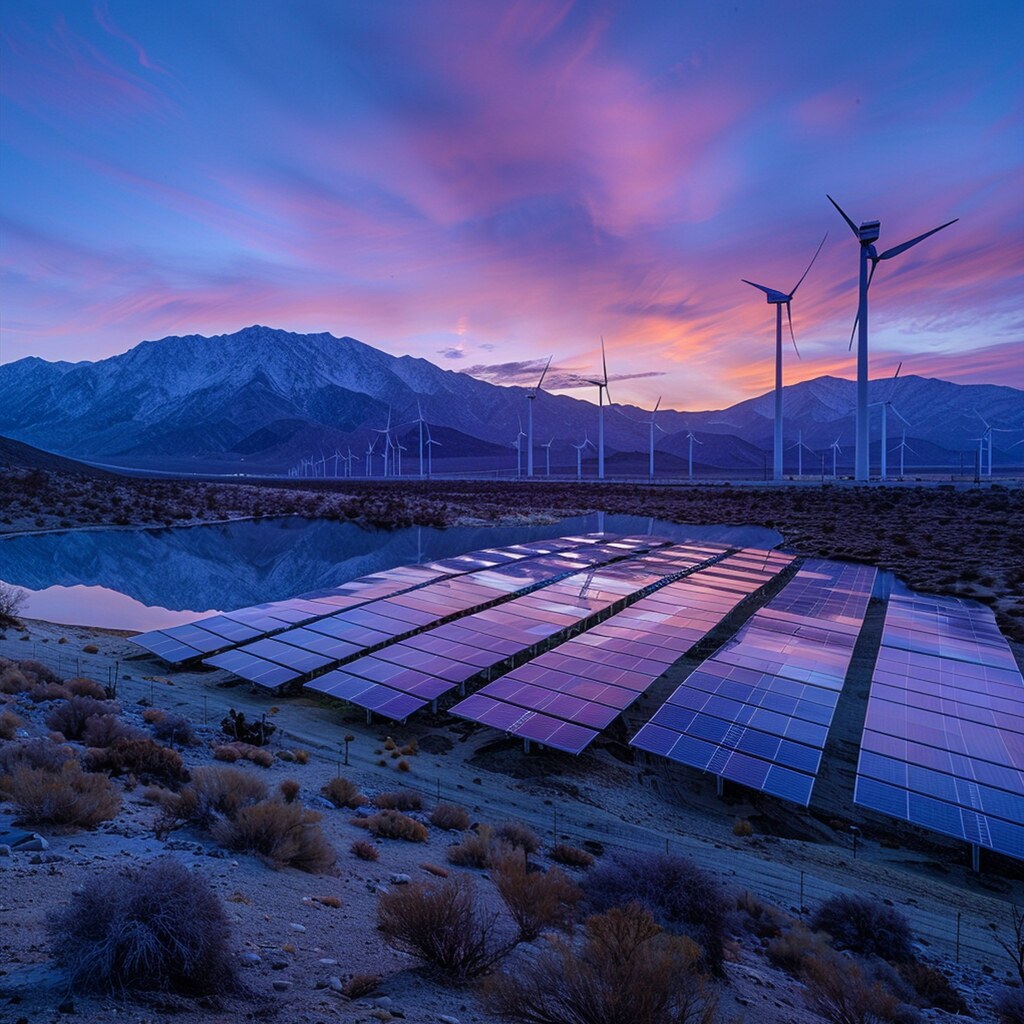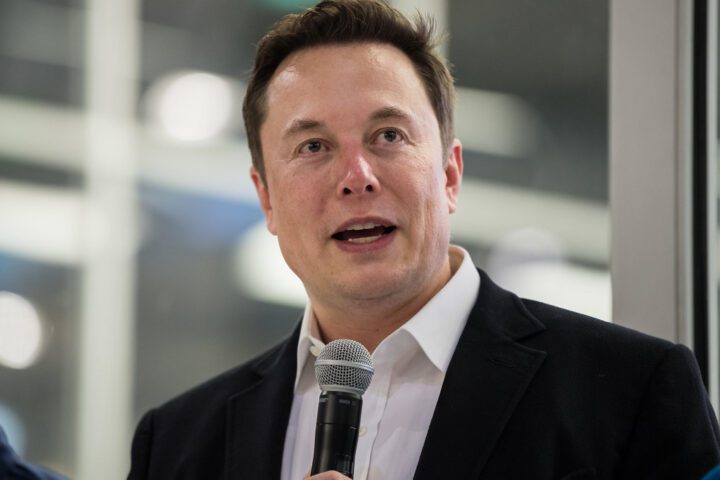US Clean Energy Growth Forecast Cut in Half as Global Solar Boom Continues
IEA’s Renewables 2025 projects about 4,600 GW of new capacity by 2030. Solar accounts for nearly 80% of additions, with a 5% global forecast cut tied to updated policies and market designs.

Interactive snapshot • charts, map, and quick facts
The IEA has cut its US renewable energy growth forecast by almost 50%, even as the world pushes to double green power by 2030. This change reflects policy shifts under President Trump’s administration, including ending tax credits early, imposing import restrictions, suspending offshore wind leases, and tightening permit restrictions for solar and wind projects on federal land.
The IEA’s latest report “Renewables 2025” shows global renewable energy capacity will grow by 4,600 gigawatts by 2030. That’s like adding the total power capacity of China, Europe, and Japan combined. Solar panels will make up about 80% of this growth.
Between 2025 and 2030, the US is expected to add about 250 gigawatts of clean energy. New installations will likely peak in 2027, then drop in 2028 before leveling off through 2030.
Solar keeps growing because it’s cheap, gets approved faster, and people generally support it. The IEA expects record solar installations in 2025, adding nearly 600 gigawatts worldwide. Annual installations may slow slightly between 2026 and 2028, then exceed 600 gigawatts in 2029, before moving toward 700 gigawatts by 2030.

China has also changed its renewable energy policies, switching from fixed tariffs to competitive auctions. This affects project profitability, slowing expected growth. Despite this, China remains the clean energy leader, adding about 2,660 gigawatts over five years and maintaining more than half the global total.
Other parts of the world are picking up speed. India will likely become the second-largest market for growth, tripling its 2022 capacity by adding 345 gigawatts. Europe will add about 630 gigawatts, growing its capacity by 67%. Middle Eastern and North African countries have increased their targets by 23%, with Saudi Arabia moving especially fast.
Offshore wind faces challenges, with growth projections down by approximately 27% compared to last year. This comes from policy changes in key markets, supply chain bottlenecks, rising costs, and longer development timelines.
As more solar and wind power joins the grid, curtailment issues and negative electricity prices signal the need for better infrastructure. Countries need improved power grids, more energy storage, and flexible backup power to handle these integration challenges.
“The growth in global renewable capacity in the coming years will be dominated by solar PV – but with wind, hydropower, bioenergy and geothermal all contributing, too,” said IEA Executive Director Fatih Birol. “In addition to growth in established markets, solar is set to surge in economies such as Saudi Arabia, Pakistan and several Southeast Asian countries.”
By 2030, renewables should provide 43% of global electricity, with the IEA projecting 16,200 terawatt-hours of clean electricity generation. Solar is set to pass hydropower as the largest renewable energy source.
Reference materials: IEA “Renewables 2025”, COP28 official, U.S. Department of Energy, FERC, U.S. Treasury, European Commission DG ENER, MNRE. Related reads: India’s 2030 renewables pathway and offshore wind buildouts.


















